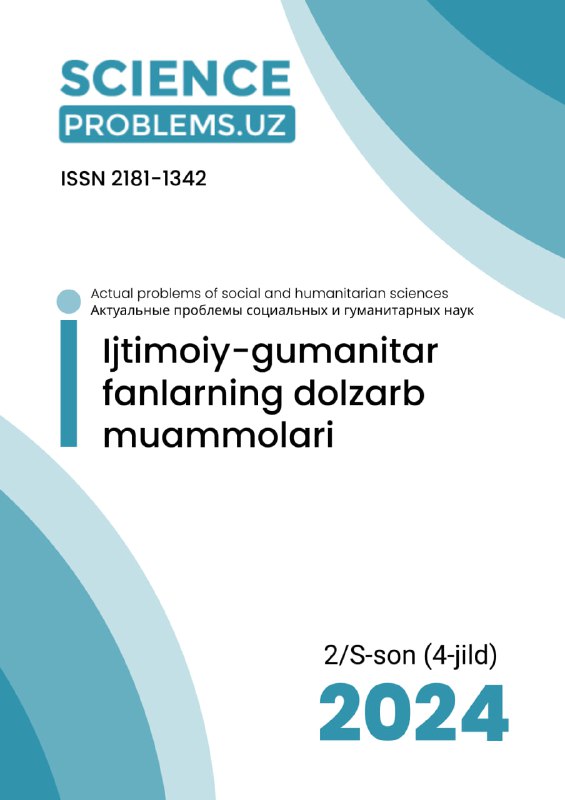PROBLEMS FACED IN TRANSLATING PROPER NOUNS
DOI:
https://doi.org/10.47390/SPR1342V4SI2Y2024N22Keywords:
Onomastics, anthroponyms, toponyms, basic characteristics, translation challenges and approaches.Abstract
Translating proper nouns is a complex aspect of literary translation, influenced by diverse interpretations. This article examines the challenges and strategies involved, highlighting the significance of proper nouns in literature. It aims to identify the best translation approach for our examples.
References
Nord, C. (2003). Proper Names in Translations for Children. Alice in Wonderland as a Case in Point. Available at: http://id.erudit.org/iderudit/006966ar, 48, 182-196.
Zarei, R., & Norouzi, S. (2014). Proper nouns in translation: Should they be translated?. International journal of applied linguistics and English literature, 3(6), 152-161.
Larkey, L.S., AbdulJaleel, N., & Connell, M. (2003).What’s in a Name? Proper Names in Arabic Cross Language. Information Retrieval. Available at: http://Ciir.cs.umass.edupenynsu
Van Coillie, J. (2006). Character Names in Translation: A Functional Approach. In J.Van Coillie, & W. P Verschueren (Eds.), Children's Literature in Translation: Challenges and Strategies (pp. 123-139). Manchester & Kinderhook: St. Jerome Publishing.
Algeo, J. (1973). On Defining the Proper Name. Gainesville: University of Florida Press.
Abdikhamidova, S. O. (2024). Unsuitability and readability issues in the translation of children's literature.
Abdolmaleki, S.D. (2012). Proper Names in Translation: an Explanatory Attempt. The Social Sciences, 7(6), 832-837.
Fernandes, L. (2006). Translation of Names in Children’s Fantasy Literature: Bringing the Young Reader into Play. New Voices in Translation Studies, 2, 44-57.








